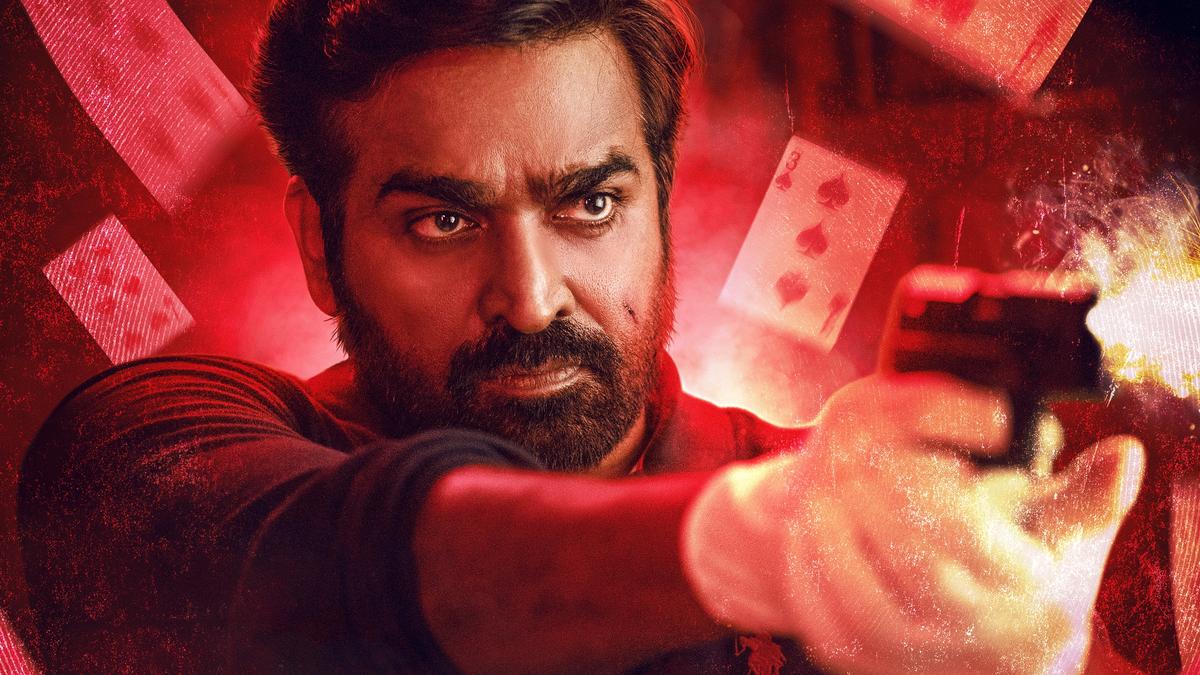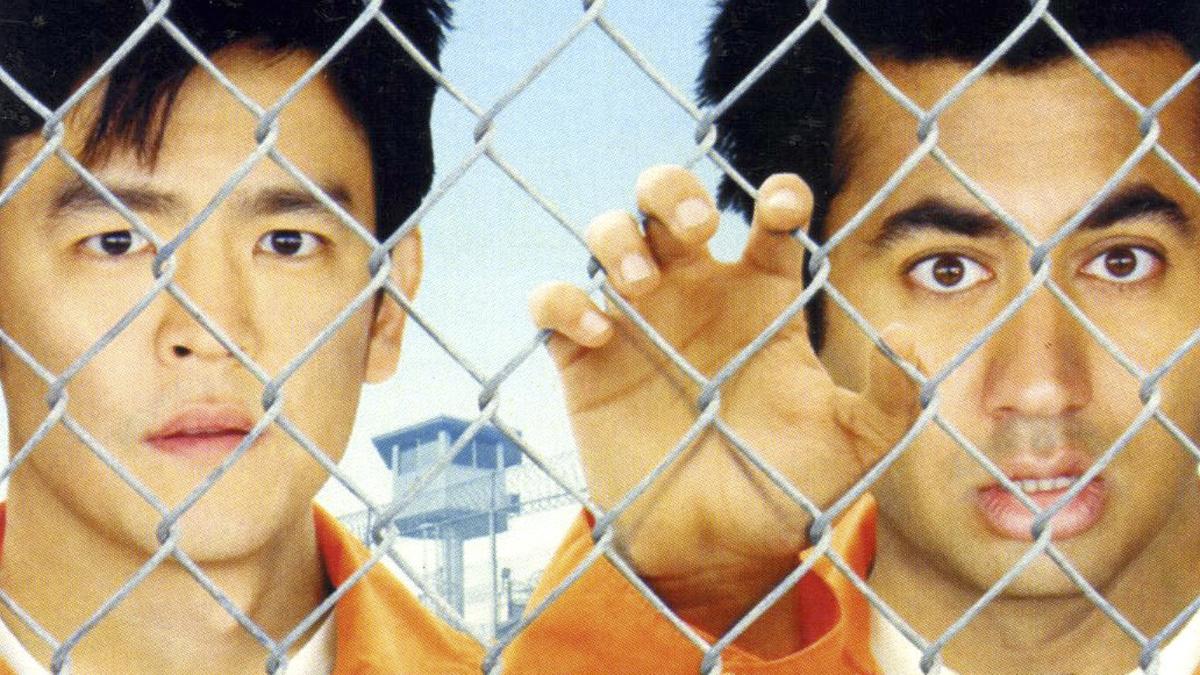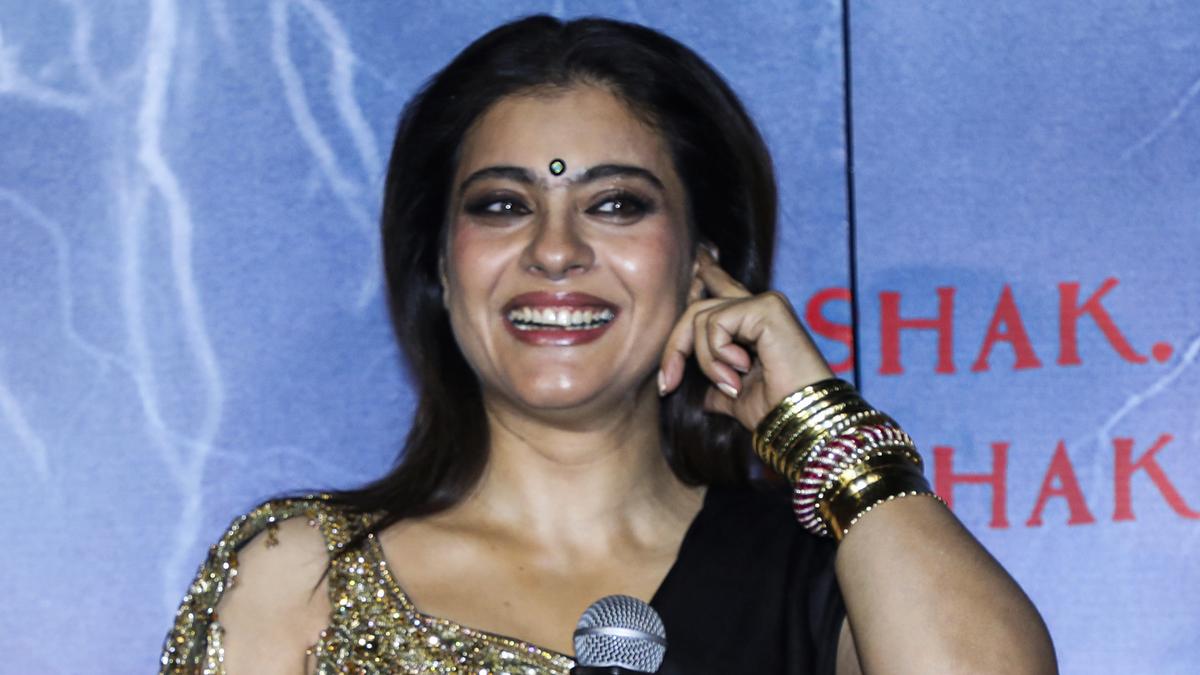In a world of images infused with AI, it is hard to pick up the camera and snap a picture that doesn’t have a tech enhancement. From autofocus to removing unwanted objects in an image, automated features are turning photographs into a sort of plastic reality.
However, there is an elegance to film photographs that are steeped in quiet dignity, thanks to their mellow colours and soft treatment of light. Some of those less-than-perfect photos with blurred subjects, light leaks, and overexposed or underexposed backgrounds, were hidden by photographers of the past as failed images — but no longer.

Enter the Lomographers, a motley band of global film photographers who belong to a community with rules like “take your camera everywhere you go” and “don’t think” and “be fast” and finally, “don’t worry about any rules.” Their photographic results include haphazard shots full of unorthodox compositions, flaring light leaks, warped colours, bold vignettes, and blurred movements that would scandalise traditional film photographers.

A multiple exposure photo shot on Lomography’s Diana Mini toy camera | Photo Credit: Sahana Venugopal
Lomographers, however, are using film cameras with joy and reckless abandon in the age of meticulous, AI-enhanced smartphone and digital photography
Surreal international roots
Founded in Vienna in the 1990s, Lomography is both a company and an artistic movement that allows film photographers to embrace a spontaneous approach to analog photography; a “Lomographer” is encouraged to use their film roll more freely, and then go out to buy some more.
The company was born when its Viennese founders tried to popularise the Russian remake of the Japanese film camera Cosina CX-1. The fruit of their labour was the resurgence of the LOMO LC-A camera. The mission was a quiet success, and helped bring together like-minded film photographers who adored the strange visual effects that the camera inadvertently achieved, even if they looked like mistakes to photographers with less daring eyes.
Today, Lomography produces a diverse line-up of gadgets, ranging from disposable cameras (that are actually reusable) and mini toy cameras to twin-lens reflex cameras and even premium art lenses, not to mention a respectable range of film rolls. Many of the company’s best-known cameras are largely plastic commercial remakes of classical cameras from decades ago, reincarnating them for 21st century users who would not be able to find or even afford the historic originals.

Lomography’s film rolls, unlike the standard Fujifilm or Kodak rolls, offer bold takes on colour and grain, with one variant transforming everyday scenes into a dreamy painting of purple and teal hues.

A sunny woodland shot with LomoChromePurple film | Photo Credit: Ruby Saha
Furthermore, Lomography’s cameras and film rolls are designed to surprise, so photographers look forward to getting back their developed pictures to admire the unpredictable interplay of light and colour in their shots.
Accessibility vs affordability
In spite of Lomography’s founding aims of making unique film cameras and rolls more commercially available, the truth is that few Indians can afford to sustain a film photography hobby today. Lomography’s cameras begin at around $50 and can go up to hundreds of dollars, not to mention the cost of buying film rolls and developing photos. For that price, photographers in India would be more inclined to invest in a smartphone or even an affordable DSLR camera. Critics of the movement go so far as to accuse the company of re-packaging and upselling film rolls that were rejected by legacy brands due to manufacturing defects.
Lomography is confident that there is a strong community of film photographers who don’t just click pictures on special occasions, but are actively experimenting with new (or rather, old) formats and devices.

“We have over a million community members from all around the world — across North America, Europe, and Asia. To inspire them, we continuously innovate and release brand-new analogue photography products. Providing fresh creative tools to the film community is at the heart of our mission, and we’re committed to keeping analogue photography alive, “ said Lomography in response to The Hindu’s query.

A double exposure photo of fish and trees shot with LomoChromePurple | Photo Credit: Sahana Venugopal
In the past year, the company’s bestsellers included the LomoMatic 110 film camera, Lomo’Instant Wide Glass, Daylight Development Tank, DigitaLIZA scanning kits, LomoApparat, and Art Lenses, not to mention its own quirky LomoChrome film rolls.
The company promised more launches across product lines in the near future.
India’s Lomography scene
Chirantan Pramanik and Ruby Saha, who enjoy photography as a couple, started using analog cameras more than ten years ago after being inspired by friends from IISc Bangalore and professional photographers at the Prabhu Photos studio on MG Road. The studio now sells Lomography products.

“Over the years, the number of analog users has expanded drastically, and now there are more than 10 excellent analog stores and studios throughout India. Most of the people who use analog media click photos as a hobby in excellent Lomographic style,” explained Chirantan. “There are online analog photography groups consisting of around 1,000 members, including professional photographers. Additionally, there are technical sides like 3D printing for special equipment and adapters, making 35mm camera usable rolls from bulk movie rolls, adapting old movie and projector lenses to old and new cameras, stylising the old cameras, etc, that have arisen to support the Indian Lomography community in the recent past.”
Ruby said that it took some time to get even fellow photographers to warm up to the modern, Lomography approach to shooting film.
“Initially, we got a lot of schooling about our photography style! And it took a long time for others to accept the contemporary style of photography. But, at present, I know at least 20 persons who have their modern style, and their photography style is very unique,” she said.

A busy butterfly shot with FujiSuperia200 film | Photo Credit: Chirantan Pramanik
Discussing their love for analog photography, the couple revelled in the creativity and freedom offered by the film format that many smartphone photographers today believe is limiting in nature.
Chirantan said he liked to experiment with multiple exposures, long exposures, tilt shift shots, red scale photography (flipping the loaded film in the camera before shooting), and cross-processed images. Ruby enjoyed Lomography’s film rolls that came with subtle colour distortion.
“I need to make a special mention of purple chrome, which creates a purple forest!” she shared.

The couple also shoots on digital cameras, but Chirantan and Ruby find themselves yearning for the film-based medium. While a digital photographer can flick through numerous automatic modes and settings, Ruby explained that a film photographer’s choice of film roll can drastically change even the way they construct their shot.
“To be honest, digital photography demands richness!” said Ruby. “A new camera model is launched frequently with new features and promises. Then editing them takes forever, because it depends on mood! But with film photography, it is irreplaceable, and I know its potential. If I want to click a good sunset photo at the beach and carry a black and white film (bad choice!), instead, I would wait for someone wearing white breezy clothes or fur babies to come before my camera.”

A forest path shot with LomoChromePurple film | Photo Credit: Ruby Saha
Chirantan has tried out innovative ways of blending digital and analog camera hardware for better photos. At the end of the day, however, film photography calls them both home.
“We started using DSLRs in 2011 and got bored pretty soon with the color and tones. Adding a digital full frame and a few prime lenses from the analog era, adapted to the digital, gave much better results and more freedom. But then we started using the analog bodies with those lenses and were surprised to experience what we were searching for. We particularly enjoy the entire slow-paced process full of surprises and, of course, the imperfections, tone, and color produced in the analog medium,” Chirantan said.
“In these busy times, I feel content through film photography.”
Published - June 18, 2025 08:15 am IST

 5 hours ago
1
5 hours ago
1





















 English (US) ·
English (US) ·